In a dramatic escalation of long-simmering border tensions, Thailand and Cambodia have found themselves on the brink of a potential military confrontation. While both nations have a long history of political and cultural entanglement, recent events have ignited fears of a serious conflict that could destabilize Southeast Asia.
Background of the Dispute
The root of the latest conflict centers around a disputed border region near the ancient Preah Vihear Temple, a UNESCO World Heritage Site perched atop a cliff in the Dângrêk Mountains. Although the International Court of Justice ruled in favor of Cambodia in 1962, sovereignty disputes and military standoffs have periodically flared over the decades.
Tensions were reignited earlier this month when Cambodian forces were accused of entering Thai territory, an allegation Phnom Penh denies. In retaliation, Thailand increased its military presence in the region, leading to skirmishes that have left soldiers wounded on both sides.
Military Capabilities: A Comparison
Though neither country seeks full-scale war, both governments are positioning their forces cautiously. Thailand possesses a more advanced military, with a well-funded defense budget, modernized equipment, and strong international military ties. Its army boasts over 300,000 active personnel, a fleet of combat aircraft, and battle tanks that dwarf Cambodia’s capabilities.
Cambodia, on the other hand, operates a much smaller force of approximately 125,000 active personnel with limited air power and mechanized support. However, Cambodian forces are experienced in jungle warfare and have demonstrated tactical resilience in previous border flare-ups.
Political Repercussions
The situation has sparked political upheaval within both countries. Thai nationalist voices are pressuring Bangkok for a firm stance, while Cambodian leaders are using the crisis to rally domestic support amidst growing economic dissatisfaction.
Regional observers worry the conflict could spill over into wider instability in ASEAN, an organization already grappling with challenges in Myanmar and the South China Sea. Diplomats from Indonesia, Vietnam, and Singapore have quietly urged both sides to engage in immediate dialogue and restraint.
International Response and Mediation Efforts
International organizations are calling for calm. The United Nations has expressed “deep concern” and encouraged both nations to avoid military action. Meanwhile, backchannel diplomacy is reportedly underway, with neighboring Laos and Vietnam playing potential mediators.
There is also speculation that the United States and China—both with strategic interests in Southeast Asia—may increase behind-the-scenes involvement to prevent further deterioration.
Humanitarian Impact
Locals living near the contested border are the first to suffer. Dozens of villages have been evacuated, and schools have closed amid fears of shelling. Humanitarian agencies warn of a looming refugee crisis if tensions are not eased swiftly.
Farmers have abandoned fields, and supply chains are being disrupted. Many fear a repeat of past conflicts, such as the 2011 skirmishes, which displaced thousands.
The Path Forward
While both Thailand and Cambodia stand at a crossroads, the choice between war and diplomacy hangs in the balance. The international community remains hopeful that negotiations will prevail, but with both nations standing firm, the road to peace remains uncertain.
A lasting resolution will require not just ceasefire agreements, but also a deeper commitment to historical reconciliation, border demarcation, and shared regional stability. The coming days will be crucial in determining whether Southeast Asia veers toward unity—or further fragmentation.


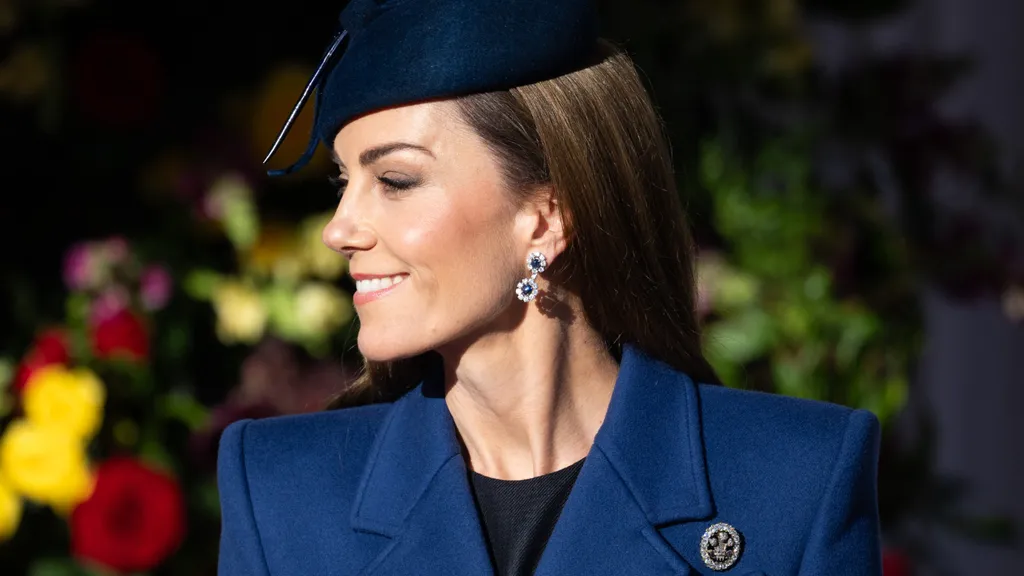
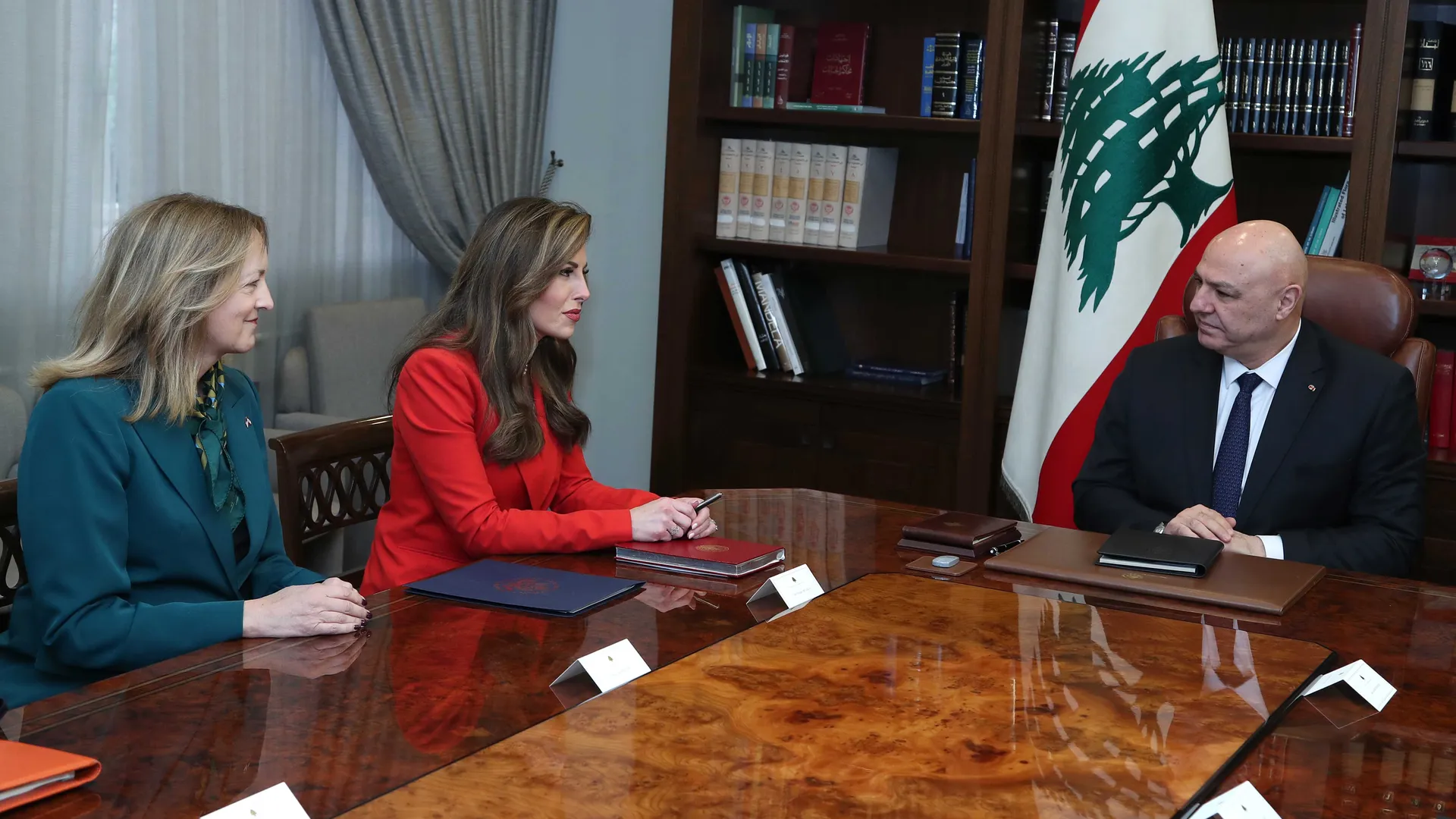

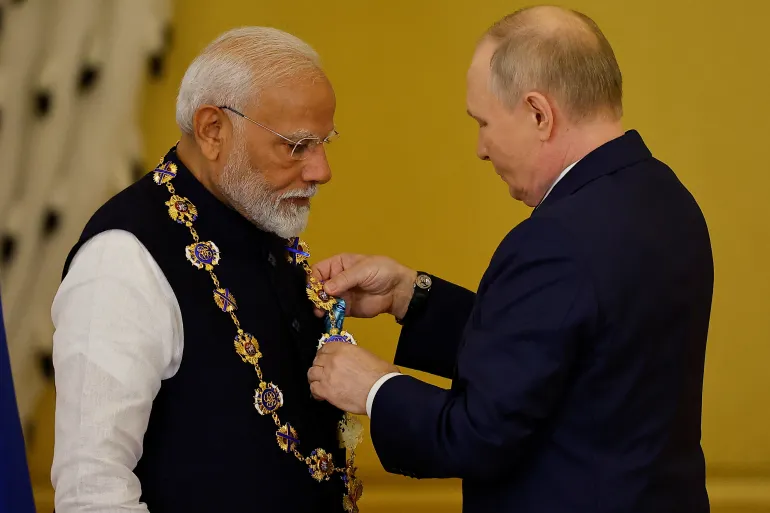
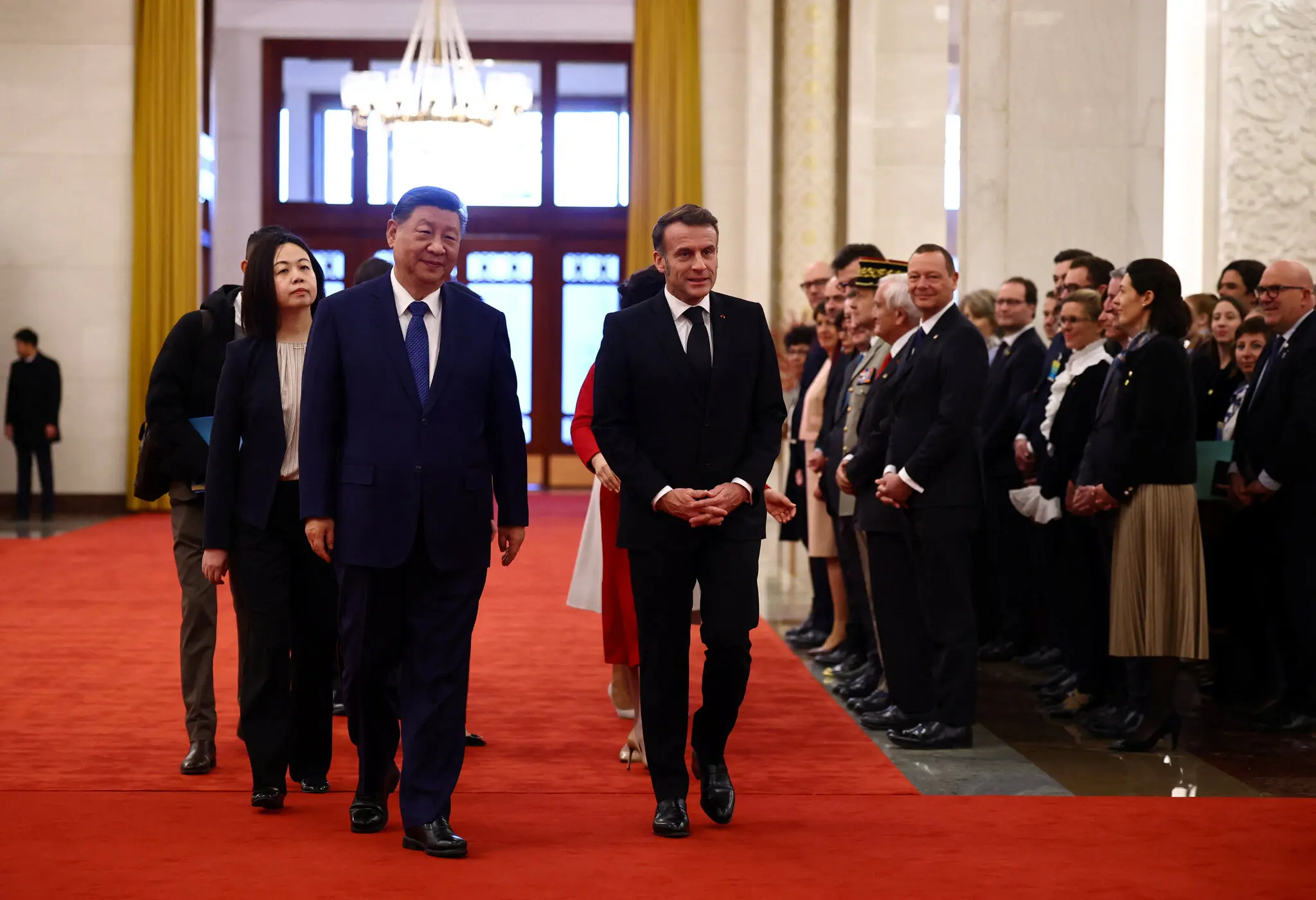
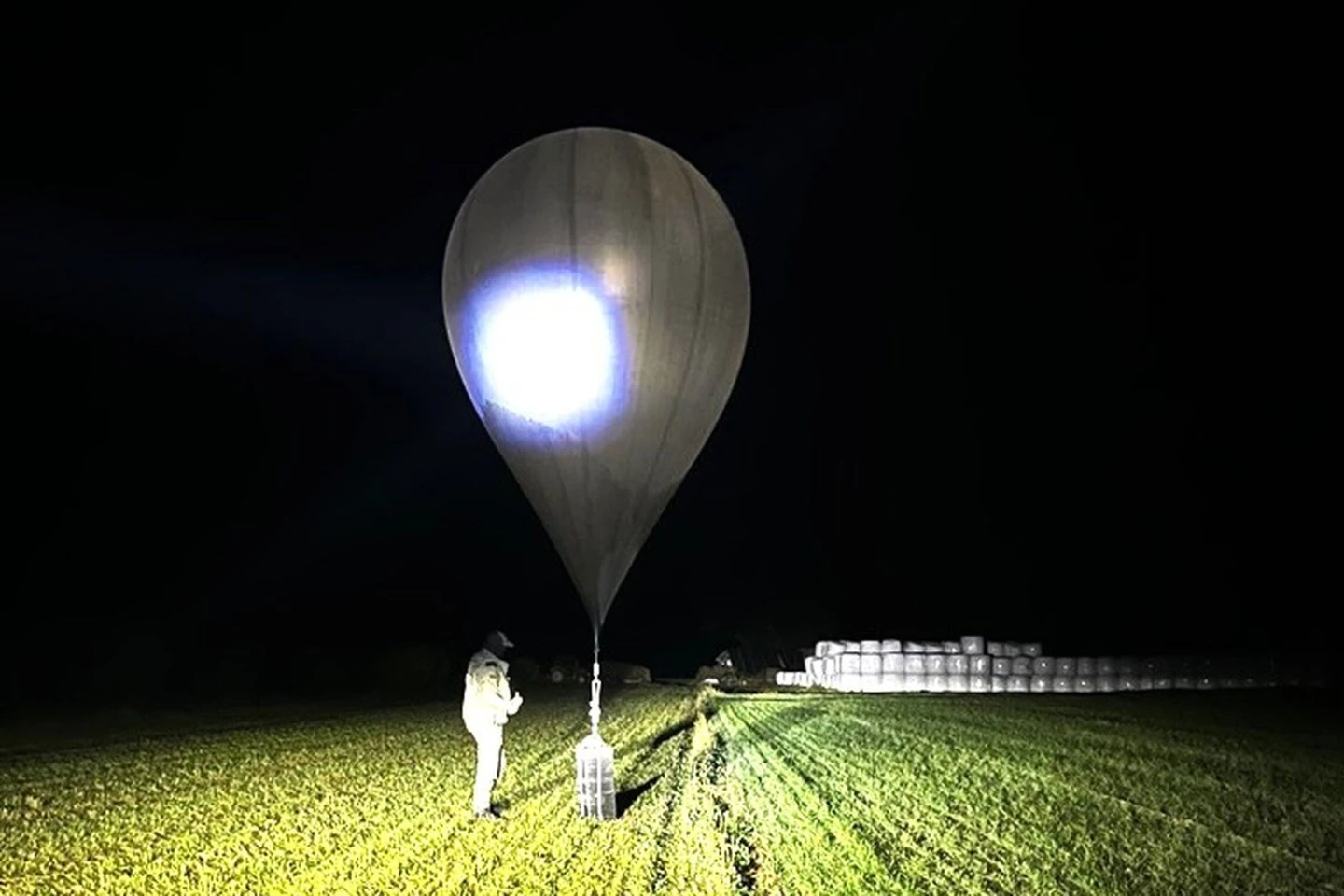
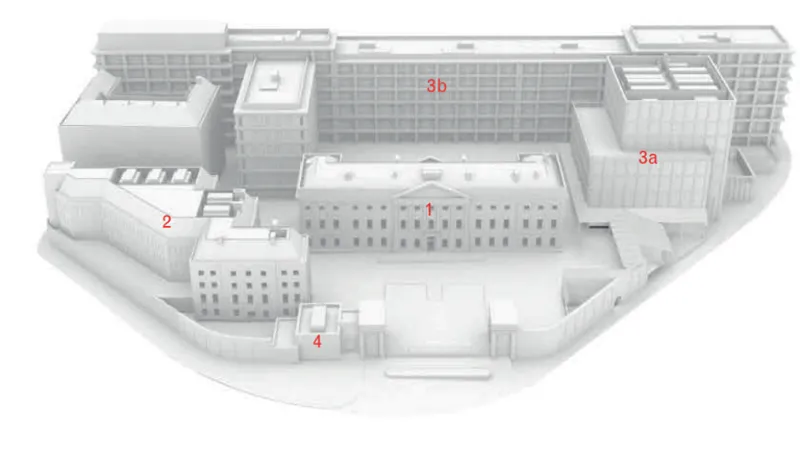

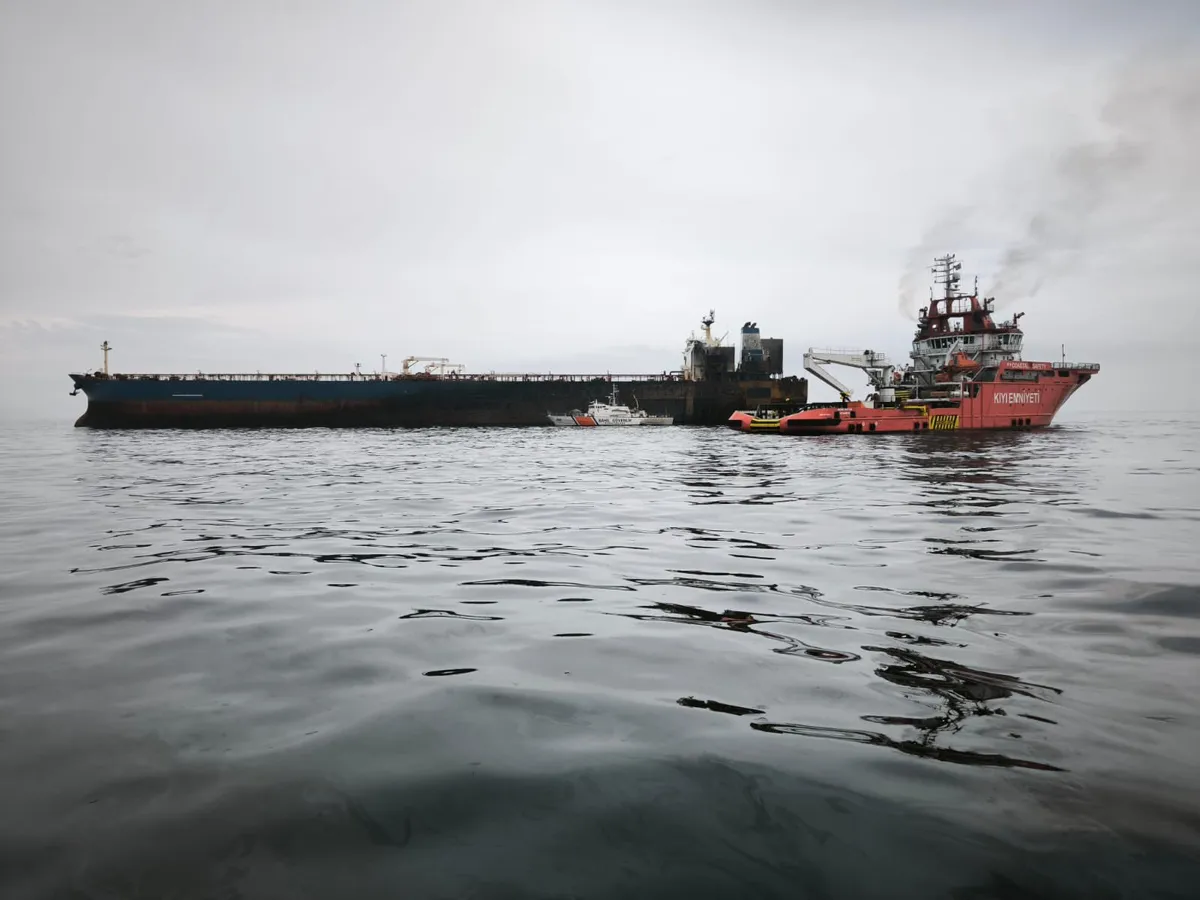
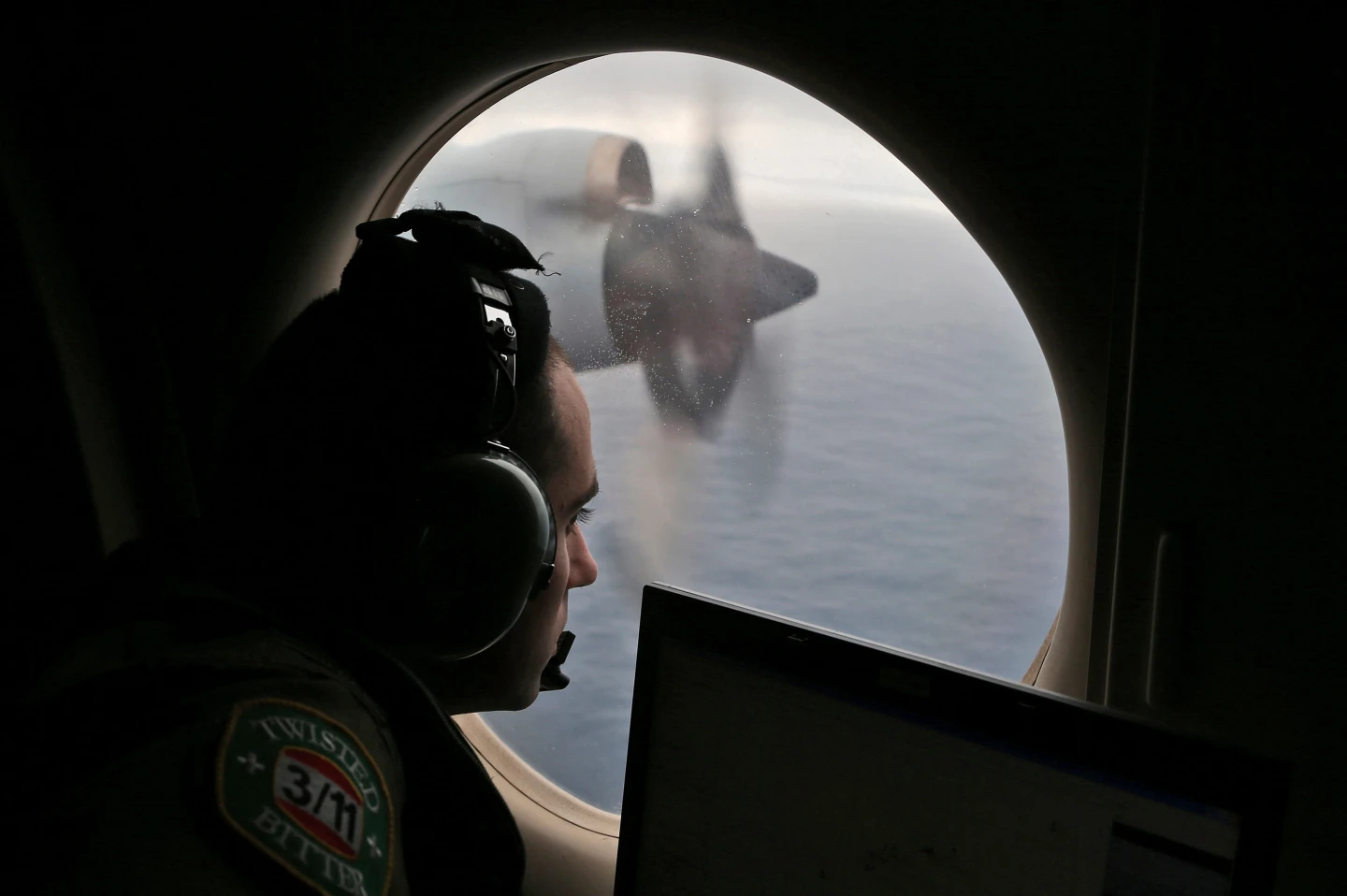



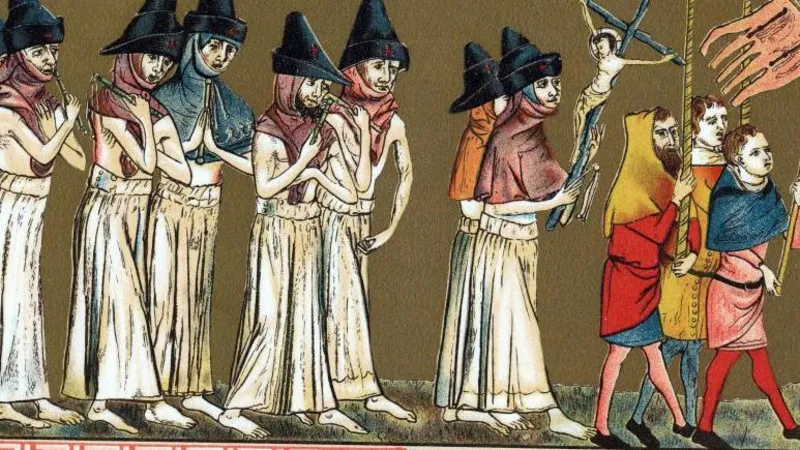
Leave a Reply